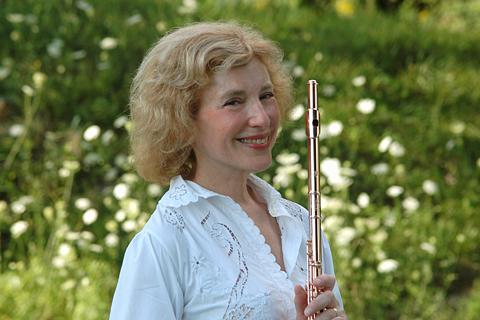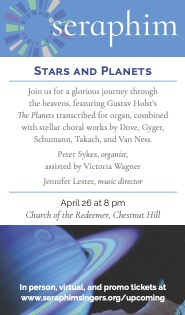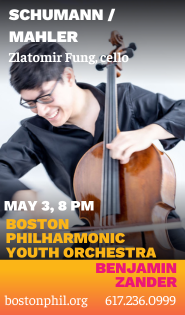Robison and Jumppanen offer a varied French program at the Gardner Museum

Paula Robison performed a program of French music with pianist Paavali Jumppanen Sunday at the Gardner Museum.
With a bracing program of challenging 20th-century French music, flutist Paula Robison and pianist Paavali Jumppanen ushered in a new musical era Sunday afternoon at the Isabella Stewart Gardner Museum.
It was the inaugural concert for the Gardner’s new German Steinway, which Jumppanen helped music director Scott Nickrenz choose this summer. At least in this first audition, this piano sounds like a keeper.
Jumppanen and Robison put the instrument through its paces with some decidedly virtuosic works by Boulez, Roussel, Debussy and Poulenc, some of the “Isn’t that lovely” variety, and others an outright attack on the sensibilities.
Roussel’s Joueurs de flûte uses its four movements to each evoke a mythological or historical flutist. The first and third sections, “Pan” and “Krishna,” move languidly up and down the scales—traditional and pentatonic, respectively. The second movement, “Tityre,” drawn from Vergil’s Idylls, has a lively spark, as if the shepherd’s labors were done for the day. And the finale, drawn from a little known character in a French novel, “M. de la Péjaudie,” paints the flutist as seducer.
These were Robison’s melodies, with Jumppanen providing accompaniment, so it was tricky at first to hear the piano distinctly. Such was not the case when Jumppanen unleashed Boulez’ Piano Sonata No. 1, one of the composer’s earliest twelve-tone works.
The first sonata can sound like random keyboard patterns, unless the player has inhabited the score and created a personal sense of phrasing as Jumppanen clearly has done. A slow introduction, choppy episodes with few harmonics, leads to a bold, angular section centered around a linchpin trill in the middle of the keyboard. Jumppanen expertly switched the trill from the left to the right hand and back as needed, exploring expansive sonic textures with the “free” hand. The movement culminated in the first real test for the instrument: first, a smashing chord deep in the left hand, full volume, followed by a single note in the right, triple p, both sustained. No buzz, no unseemly electronic hissing, nothing but pure sound.
As a respite, Robison offered Debussy’s elegant Syrinx. A free work, with scant dynamic instructions—no bar lines in the original score—Syrinx invites interpretation, allowing the flutist a singer’s freedom in breathing and phrasing.
Robison played the room as much as the music: the “theatre in the square” Calderwood Hall forces soloists to choose one direction and turn their backs on three-quarters of the audience. Robison used this to her advantage, pivoting gracefully, addressing the sold-out house almost as individuals. It was an intimate and professional touch, and her playing was marvelously lyrical.
Both players tackled Boulez in another early twelve-tone work, the Sonatine for Flute and Piano. “Now we’re blood brothers,” said Jumppanen, wiped some blood off the keyboard before he started from a broken nail or blister. It was a fitting symbol of the physical demands.
The Sonatine requires all the flutist’s skills as well—jet whistles, flutter tonguing, multiphonics and whisper tones—with only the frequent doublings from the upper range of the keyboard to yoke the two performers together. Robison faced Jumppanen directly, not risking a missed entrance or attack. Stark, intense and alert interaction made this a reading to remember.
Poulenc’s Flute Sonata relieved the tension, with its easy-to-enjoy, descending scales masking the virtuosity involved. The duo completed this well conceived program with a lusty encore, Saint-Saëns “Volière” from Carnival of the Animals.
Music at the Gardner continues 1:30 p.m. Sept. 23 with clarinetist Narek Arutyunian and pianist Solon Gordon in music of Bernstein, Debussy, Schumann, Zfassman, Donatoni and Schoenfield. gardnermuseum.org; 617-278-5156.
Posted in Performances



